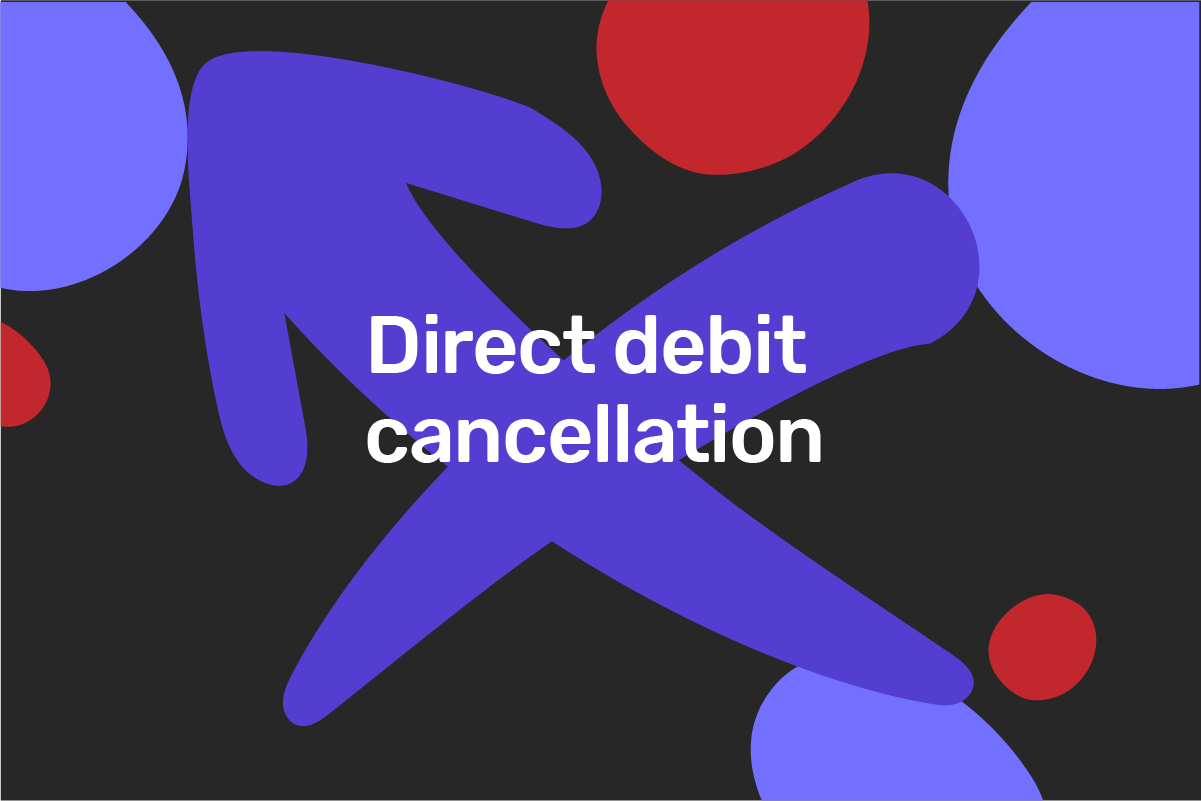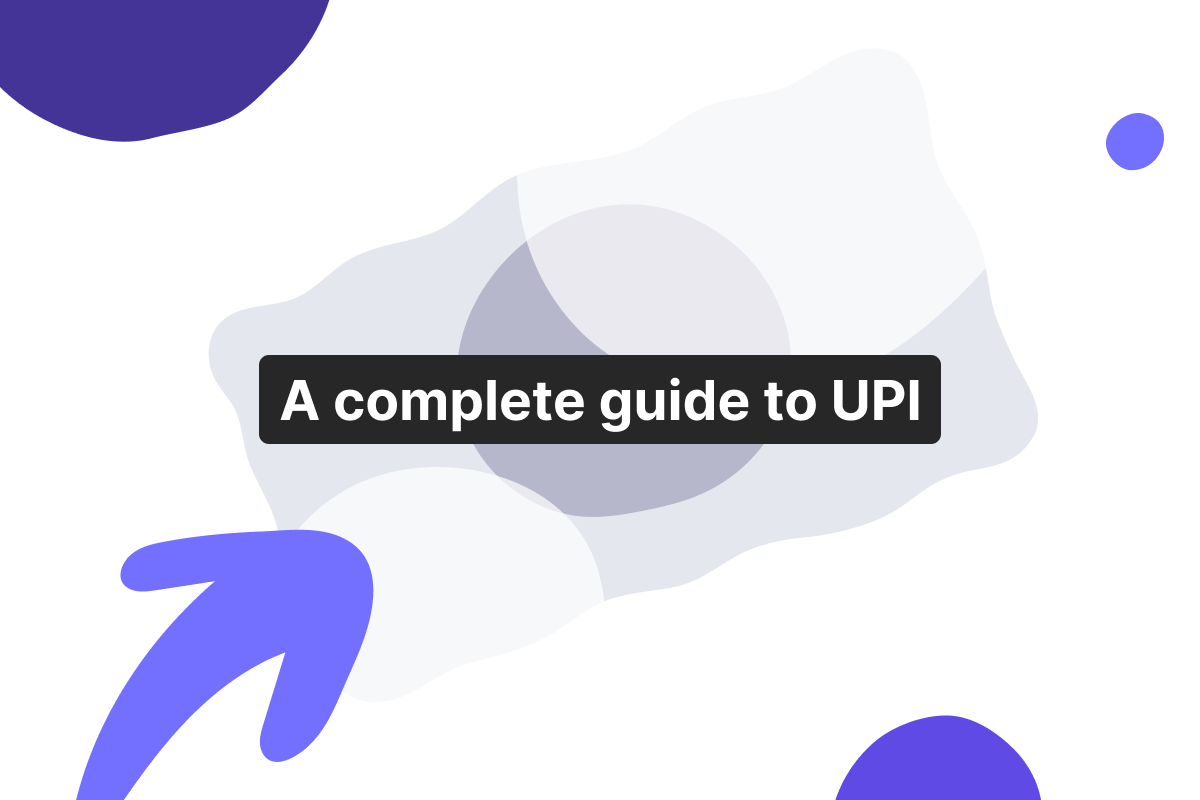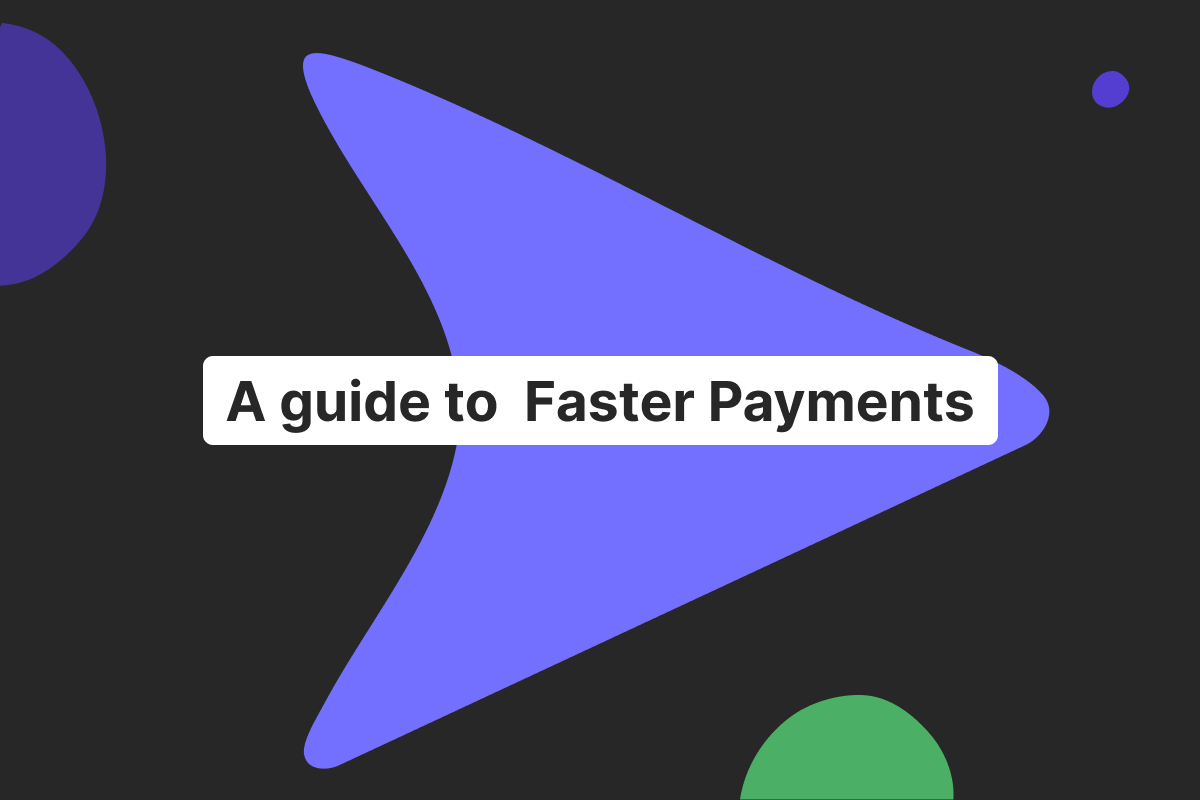The article was updated on 28.01.2025
Setting up direct debit payments seems to be easy – you just have to sign a mandate with the organization. Then, for months, you do not have to worry about making your regular payments on time, as they will be withdrawn from your account without you needing to do anything.
But what about the cases when you need to cancel these recurring transactions? Read on and find out how to stop direct debits using your online banking tools in our article below!
What are direct debits?
A direct debit is a special type of payment method used to accept regular transfers from individuals and companies. Specifically, the beneficiary of payment (called debtor or payee), usually a company or a merchant, receives authorization to withdraw money directly from the payer’s account before the said financial operation.
A direct debit payment method can be very helpful if an individual or a company needs to make recurring transactions – for instance, monthly services, bills, subscriptions, etc. All you need to do is authorize your direct debit operation for your account just once. The payments will be withdrawn from your account on a periodic basis you agreed upon with the product/service provider, with no further participation needed. It is a good option if you want to ensure that your bills are being paid on time.
However, you might want to cancel a direct debit payment at some point. For example, you no longer require a specific service, so you stop the payment process or seek to switch to another service provider. Or, you’re seeking a payment method alternative to your direct debit. Maybe you’re changing your address and need to pay other bills. There even can be cases when, unfortunately, fraudulent transactions occur. Also, a debtor can charge you extra – in that case, you need to cancel your direct debit and request a refund.
Reviewing your direct debit agreement
Now, let’s say you want to cancel a direct debit for your account. Before proceeding with a decision, you should first refer to your original direct debit agreement. After all, your debtor might have included specific policies for cases when you want to cancel a direct debit. Sometimes, canceling a direct debit can have unpleasant consequences, such as charges, disruption of services, or potential disputes.
Additionally, understanding direct debit terms will help you better plan out any other potential direct debit agreements and negotiate better terms.
Open an account
in Genome online
Steps to cancel a direct debit
So, what are the main things you need to do to cancel a direct debit after you have reviewed the agreement? Our team has compiled a list of steps.
Contacting your bank or financial institution
As we mentioned prior, with direct debits, money is withdrawn from your bank account so that the debtor gets paid. That is why you’d need to approach your bank or financial provider to cancel a direct debit.
The most efficient way of canceling a direct debit would be via online banking tools – through your financial institution’s web platform or the app.
You will likely be asked to fill out the form online and submit it via the app or web platform. Usually, the following details are required:
Full bank account name;
Branch identifier code or sort code;
Bank account number;
Merchant’s name;
Direct debit reference number;
Merchant ID (sometimes optional);
Lodgement reference number (sometimes optional);
Date of the last direct debit;
Payment amount.
The other ways to cancel such regular payments are reaching out to your bank via phone call, by letter, or by visiting a branch. When doing so, you also will need to indicate some of the details listed above (bank account name, bank account number, merchant��’s name, BIC/sort code, direct debit reference, etc.).
Sending a letter is not the most efficient method to cancel direct debits. It can take up to a few days until the bank receives and processes the letter. Thus, doing so online (via the app/web portal) seems the most practical option.
Notifying the service provider
Of course, another important step you must not ignore is contacting a company or an organization with which you have a direct debit agreement. Explain your reason why a direct debit should be canceled, and be transparent about it.
Timing considerations
Additionally, you need to consider when the best time to cancel your direct debit is. For instance, if you plan on doing so shortly before the payment date, your bank can not cancel it on time, and you will be charged anyway.
Also, if you are dealing with essential payments, like utilities, ensure that you’re ready to use another payment method before you cancel the direct debit. Otherwise, you risk losing access to some of the commodities.
A standing order can be a good alternative. A standing order is a fixed instruction you set up with your bank to make regular payments of a specific amount to another account. Unlike direct debits, standing orders give you full control, as only you can set up, amend, or cancel the payments.
What to do after canceling a direct debit
Now that you understand what canceling direct debits entails, here’s what you need to do next.
Monitoring your account
Use your app or the web platform to check your latest transactions and bank statements. You want to ensure that the direct debit was canceled for good, especially on the actual payment date. Your online banking or mobile banking tools are perfect for that.
Additionally, tracking your transactions via online banking apps is important anyway – to analyze spending better and detect fraudulent payments.
Confirming the cancellation
Remember that cancellation does not happen within one day. Prepare your request beforehand so that you can stop payment before the next due date. If you submit a form too late and the bank cannot process it in time, the transaction will still go through and money will be withdrawn from your account.
If you’re only canceling direct debits with your debtor, but your contract with this organization remains valid, take care of other ways to pay for the services you’re using.
After receiving your cancellation request, the bank has to send an ADDACS (Automated Direct Debit Amendment and Cancellation Service) message to a debtor notifying them about changes.
The debtor may then contact you to verify the information and discuss other possible payment options. Both sides should receive and save notifications/emails about stopping direct debit payments.
Additionally, ensure you obtain written confirmation from both your bank and the company to avoid any future disputes.
Genome’s other payment options
If you have canceled your direct debit payment and are looking for other ways to transfer money to a company/organization that provides products and services, why not try Genome?
We offer personal and business financial services, including SEPA Credit and Instant Transfers, as well as Visa virtual and physical cards for in-store and online purchases.
Genome allows for easy online log ins, onboarding, and access to services. Oversee your account via the web version or the Genome app via your phone. That’s right, you can use the phone app to start new multi-currency accounts, send transfers, manage your cards, and more – all completely online!
Additionally, our business wallet users can unlock international money transfers to send and receive payments to over 40 countries using SWIFT and other transfer options.
Open an account
in Genome online
Conclusion
Canceling a direct debit ensures better control over your account and payments. Use your bank’s app for a quick process, but also notify the company to avoid misunderstandings.
Ensure all outstanding payments are paid and check the cancellation terms to prevent issues. Proper communication guarantees a smooth cancellation and uninterrupted services when needed.
FAQs
Can I reinstate a canceled direct debit online?
Yes, many banks allow you to reinstate a canceled direct debit online through their app or web platform. Alternatively, you may need to contact the organization or company to reauthorize payments.
What if a payment is taken after I cancel a direct debit?
If a payment is taken from your account after cancellation, contact your bank immediately – via the phone or online. You may be eligible for a refund from a company under guarantees like the direct debit guarantee (in regions where the direct debit guarantee is refund-applicable).
Can I cancel a direct debit for a subscription I no longer use?
Yes, you can cancel the direct debit for your online subscription/app, but it’s also important to inform the company to avoid being charged for services and to officially terminate the subscription.
Do direct debit cancellations affect my credit score?
No, canceling direct debits does not directly affect your credit score. However, missed payments resulting from cancellation without informing the provider could impact your credit score if reported.






